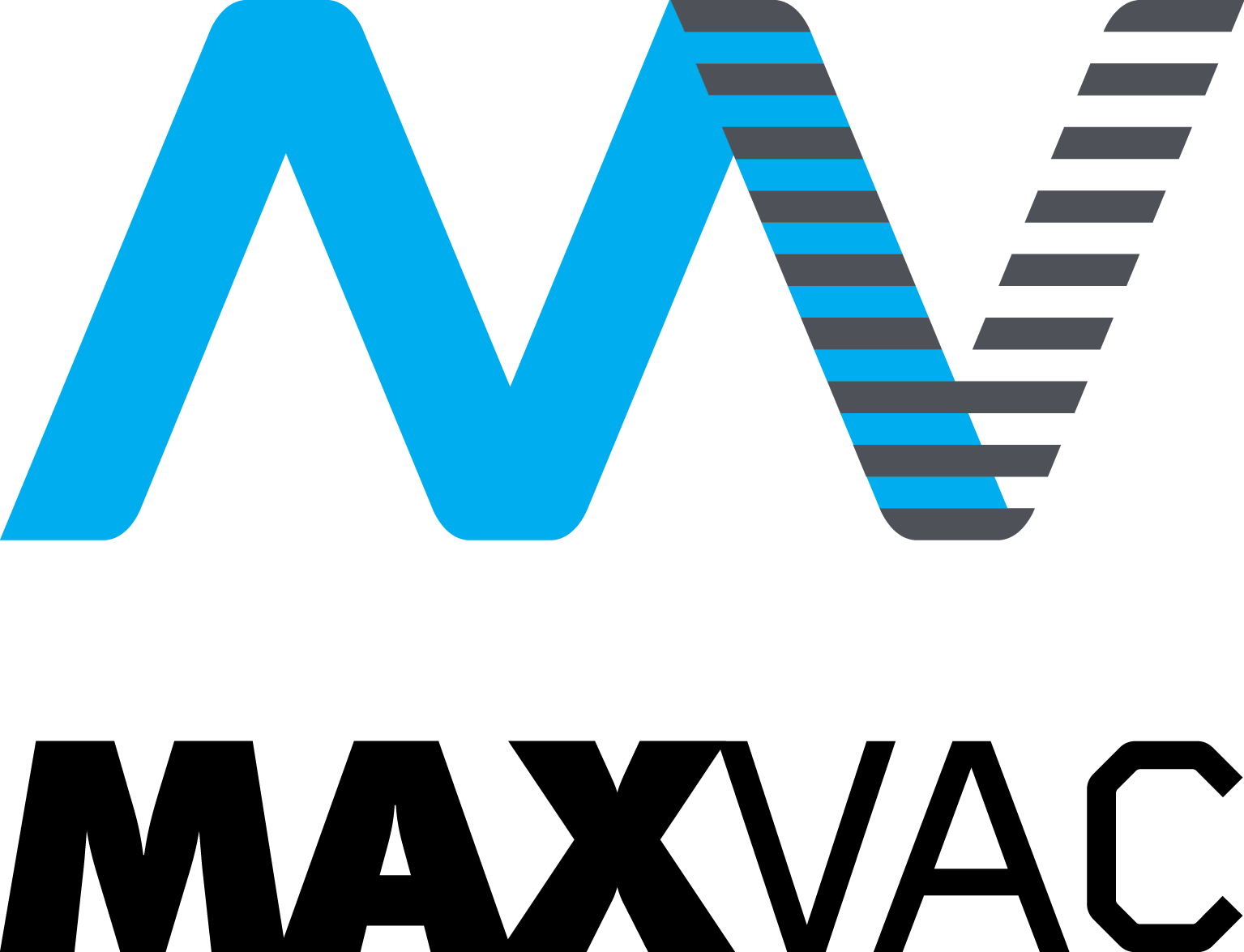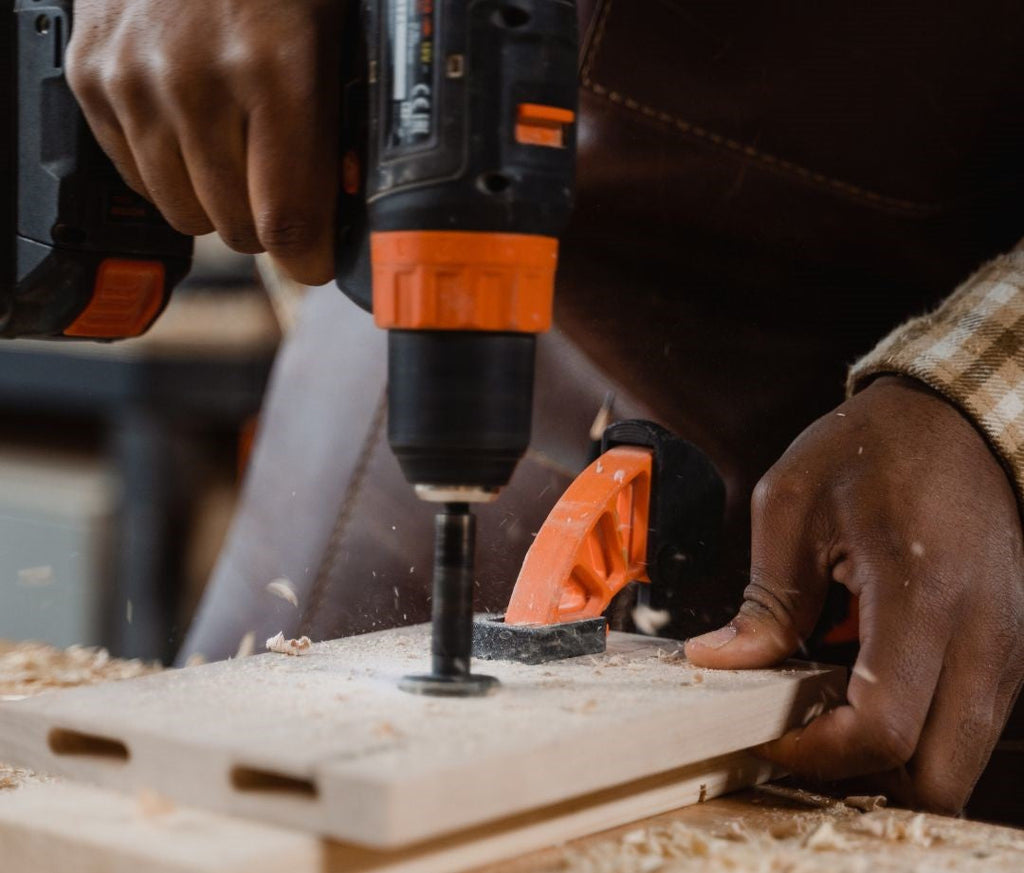
The Hidden Killer in Kitchen Makeovers: How a Dustblocker Can Prevent Silicosis

Although trends have come and gone over the years, there’s one thing that’s always been sought after in a kitchen renovation: achieving the perfect balance of style and function. Growing in popularity since the late 1990s, we’re seeing more and more people opt for quartz worktops in their kitchens – and for good reason!
Stylish, practical and extremely long-lasting, quartz offers a minimal, modern aesthetic. Mimicking the look of marble, quartz can be found in a variety of shades to suit your desired counter style, with patterns that range from subtle flecks to dramatic veining. The versatility of quartz is one of its key selling points. Plus, because it’s engineered, you’ll have a consistent, flawless finish without the quirks or imperfections typically found in natural stone.
It’s safe to say that one of the biggest draws of quartz is its durability. It’s incredibly tough, standing up to scratches, stains, and the everyday knocks and bumps of a busy household. Also, because it’s non-porous, it won’t absorb spills or stains, making it hygienic and super easy to clean.
But with all these positives, there’s got to be a downside, right?
Unfortunately, the answer is yes, and it’s not something that’s spoken about as often as it should be!
The Hidden Dangers of Quartz Worktops
While quartz is a fantastic choice for your kitchen, it can be extremely dangerous for the tradespeople cutting or polishing it due to its high silica content. Engineered quartz releases dangerous levels of respirable crystalline silica dust (RCS) when cut or polished. This dust is the primary cause of silicosis, a fatal lung disease now on the rise among UK tradespeople.
It’s not just dangerous for your kitchen fitters though; we know a lot of kitchen makeovers and home renovations take place in occupied houses, which puts families at risk as well.
That’s why proper dust management is so important to protect the people behind your dream kitchen. The rising silicosis cases underscore the urgent need for effective solutions like the MAXVAC Dustblocker range, which offers unparalleled protection for those working with high-silica materials, or those present during renovations.
The Deadly Reality of Silica Dust
Every year, thousands of UK workers are exposed to silica dust in industries such as construction, manufacturing, and stone masonry.
According to the Health and Safety Executive (HSE), approximately 12000 people die annually from lung diseases linked to past exposure to hazardous dust.
Quartz worktops, which can contain up to 97% crystalline silica, present a huge risk.
Cutting or polishing quartz can release silica dust particles small enough to penetrate deep into the lungs, where they cause irreversible scarring and inflammation. Silica dust is 100 times smaller than a grain of sand, making it almost invisible to the naked eye.
The Quartz Worktop Ban in Australia
Kyle Goodwin, a young Australian man who worked for a decade as a stonemason cutting kitchen worktops, was given five to eight years to live after being diagnosed with silicosis in 2018. In a ‘Stop this Killer Stone’ campaign video, he shared his harrowing experience: "Instead of planning a family, we're planning my funeral... People liked engineered stone because it was cheaper, but the dust got into my lungs, causing incurable, deadly silicosis.”
Similarly, Dean Morris, another former stonemason diagnosed with silicosis in 2019, was ‘heartbroken’ when he learned the trade he had devoted 20 years of his life to had caused a potentially fatal disease that would hugely impact his life moving forward. Speaking to news.com.au in June 2024, he said: “As the days went on from the diagnosis, I started realising I was having medical issues way back in November 2014.”
Stories like these highlight the critical importance of implementing effective dust management solutions and adopting safer alternatives to protect workers from the dangers of silica exposure. The recent ban in Australia (which started in July 2024) is a stark reminder of the devastating human cost of delayed action.
MAXVAC Dustblockers Offer a Solution
This is where MAXVAC Dustblockers shine – their QuadLogic® four-stage filtration captures and removes up to 99.995% of all airborne particles, including silica, preventing it from being breathed in.
Extremely compact and quiet machines, they’re perfect for use even in occupied buildings when renovations or refits are being carried out without taking up too much space or causing disruptions to work. With plug and play capability, they couldn’t be easier to set up.
Michael Ching, MAXVAC CEO and also a seasoned kitchen fitter, has sadly seen firsthand the effects of silicosis: "During my 20 years as a kitchen fitter, five of my colleagues sadly died from silicosis. Today, all tradesmen should be using effective dust shrouds and M- or H-Class dust extractors whenever they are cutting or drilling any masonry, without exception.
“We specifically engineered our Dustblocker Air Scrubbers to collect the fine airborne dust that presents the real danger – not only to protect workers but everybody around them.
“I’m shocked at just how careless we used to be and recommend that a Dustblocker should be used in every workshop or property refurbishment project as they not only protect everybody but massively reduce the spread of dust and clean-up time.
“Every property owner should insist on one of these being used during refurbishment work.”
The international response to this crisis has been swift. After Australia's ban on engineered stone, similar calls for action are growing louder in the UK.
Speaking to the i Paper, Stephen Smith, Occupational Hygienist, said that over the last three years he has seen a 50% increase in inquiries asking him to inspect workplaces cutting quartz countertops: “More and more people are beginning to understand the risks. The situation’s a lot different to what it was even five, three years ago. Whether they agree with what Australia has done or not, it’s actually been a big eye-opener to the industry.”
A ban alone won’t protect the countless tradespeople already exposed to silica dust daily, or those who continue to encounter it in other areas of their work, such as tiling or concreting.
There’s a simple solution, and we have it in stock here.
How MAXVAC Dustblockers Protect People from Silicosis
MAXVAC Dustblockers are the most advanced line of air scrubbers on the market. The only scrubbers with four-stage filtration, these machines capture even the finest silica dust particles from the air – up to 99.995% of all particles in total – to create safer work environments for everyone.
The Dustblocker DB650 is designed to work seamlessly alongside wet-cutting techniques and on-tool extraction, providing an additional layer of protection against airborne contaminants and capturing silica particles that were not successfully removed at the source.
In addition to protecting workers, Dustblockers also benefit homeowners and clients. Fine silica dust can spread throughout properties during refurbishments, settling on surfaces and posing long-term health risks. By using a Dustblocker, contractors not only reduce clean-up times but also provide peace of mind to clients who may otherwise be unaware of the dangers related to hazardous dust.
The Cost of Doing Nothing
The economic and personal costs of silicosis are huge. In addition to the tragic loss of life, affected workers often face lifelong, life-limiting health issues and reduced earning potential. Employers, too, face significant legal and financial repercussions if they fail to provide adequate protection for their workers.
However, this isn’t just about avoiding liability – it’s about taking responsibility. As Michael Ching pointed out, the use of a Dustblocker can prevent needless suffering and save lives.
A Call to Action
It’s time for builders, renovators, and manufacturers to take proactive steps to mitigate preventable diseases whenever possible. MAXVAC is proud to be part of the solution, offering reliable, market-leading equipment that puts safety first.
Remember, silicosis is entirely preventable – but only with the right precautions. If you’re a contractor or tradesperson working with high-silica materials, don’t gamble with your health. Invest in dust management solutions like the MAXVAC Dustblocker to protect yourself, your team, and your future.
By working together, we can create safer conditions and prevent tragedies before they happen.





